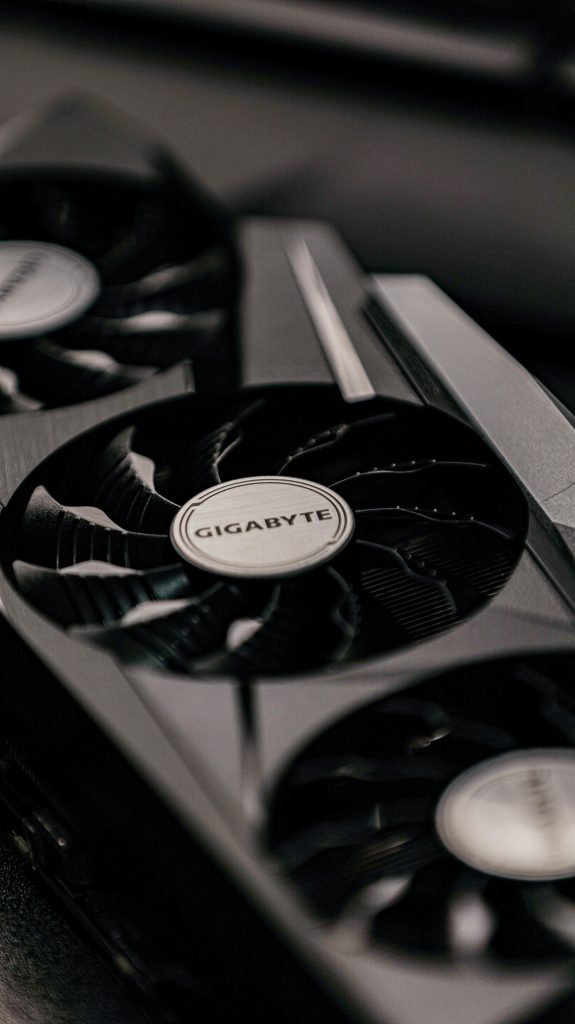The Cost of Neglecting Server Maintenance: A Cautionary Tale
Today, we encountered a heartbreaking situation: a customer’s server, containing crucial data, experienced a catastrophic failure. This incident serves as a poignant reminder of the importance of regular maintenance and timely upgrades.
For the past three years, we have been advising this customer about the potential risks associated with their aging hardware. Unfortunately, both hard drives in the server finally succumbed after years of wear and tear. To our surprise, the server’s LED indicators had dimmed to the point where we questioned whether they were functioning at all. The same applied to the hard drive error light, indicating deeper issues.
In an attempt to salvage the data, we endeavored to reconstruct the RAID 10 array; however, the remaining drive was too significantly compromised to offer any hope of recovery. To make matters worse, the last data backup was performed just two days prior, but we suspect that it may also be corrupted.
This server was operating on Windows Server 2008, meaning we will need to establish a new Active Directory and migrate all connected computers to this new system. This process will inevitably incur substantial labor costs for the customer.
In retrospect, was it wise for the customer to rely on a server that had outlived its average lifespan by threefold? The unfortunate truth is that weeks of lost productivity and additional expenses will ultimately follow, as we now have to source and set up a new server before it can be installed on-site.
The takeaway from this experience is clear: investing in your company’s primary server is not an area where one should cut corners.
On a related note, I must mention that this server was perhaps the filthiest I’ve ever encountered. One has to wonder if anyone was smoking in the server room! Regular cleaning and maintenance are just as critical in preserving hardware longevity as timely upgrades.
By sharing this story, we hope to encourage other businesses to be proactive in maintaining their IT infrastructure. The costs of neglect can far outweigh the initial savings.
Share this content:



